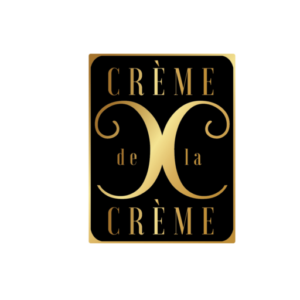Description
There are different types of peels, each designed to address specific skin needs:
- Lactic acid peel: It is very gentle and does not alter the skin’s pH, making it suitable for sensitive skin.
- Glycolic acid peel: It is used to treat hyperpigmentation, sunburns, and melasma.
- Mandelic acid peel: Indicated for aging skin, this peel has depigmenting properties and is suitable for sensitive, rosacea-prone, or oily skin.
- Salicylic acid peel: Ideal for oily or combination skin.
- Enzymatic acid peel: Suitable for all skin types, especially acne-prone and sensitive skin.
- Azelaic acid peel: Recommended for rosacea-prone skin.
Post-treatment care
– Avoid using makeup.
– Avoid swimming pools or the sea.
– Avoid sun exposure.
– Do not use saunas.
– Keep the skin hydrated by drinking plenty of water.
– Use sunscreen with a sun protection factor (SPF) of 50 or higher.
Contraindications
There are some contraindications for peels, including active herpes, warts, hypertrophic scars, and keloids. It is important to follow the instructions and recommendations provided by the esthetician, such as using zinc oxide lotions. Additionally, it is recommended not to wash the face for at least 12 hours after the treatment to avoid irritations.
Cost
The cost of the peel varies depending on the type of treatment.
Duration of the session
The duration of this treatment is approximately 1 hour.
Generally, 6 to 12 sessions are required, depending on the needs of the skin. Depigmentation results begin to be visible after the third or fourth session. The frequency of each peel depends on the individual case; for example, superficial peels can be done weekly, while more intense ones are done monthly.





Reviews
There are no reviews yet.